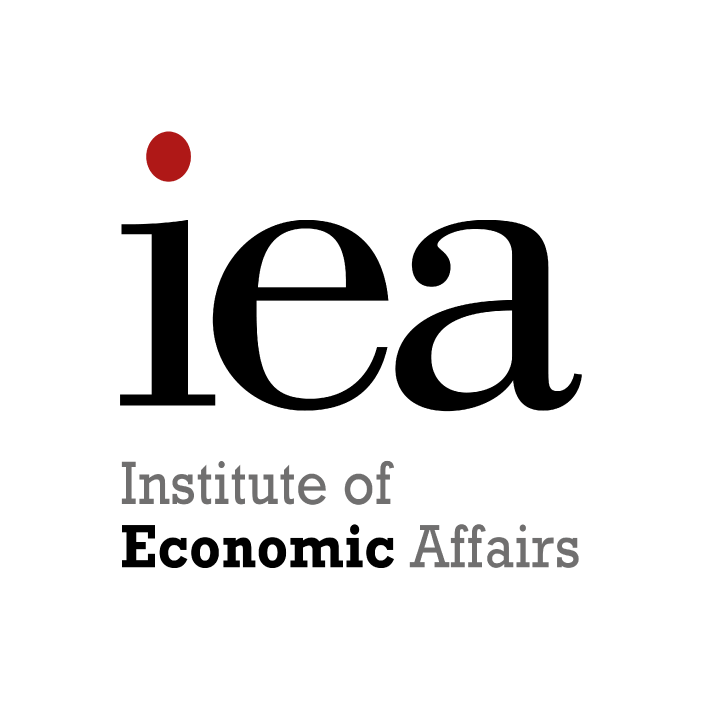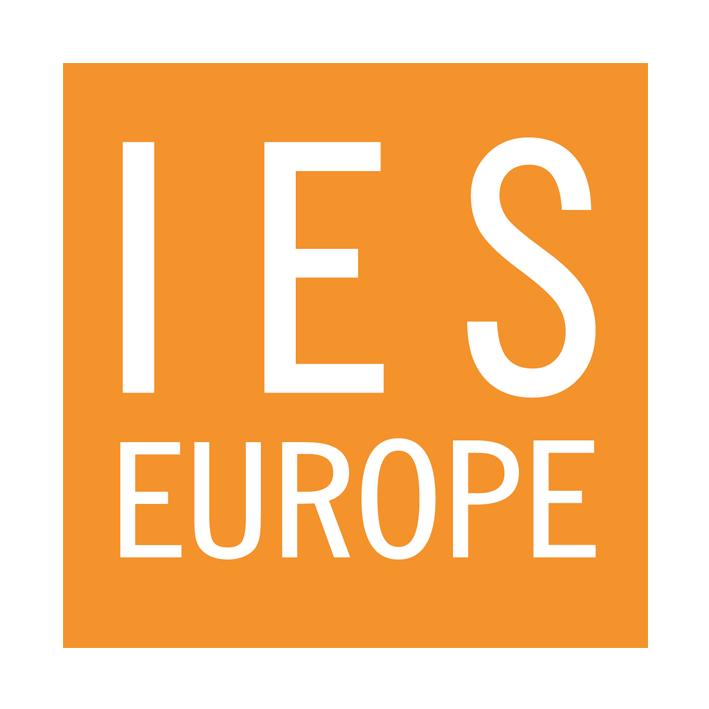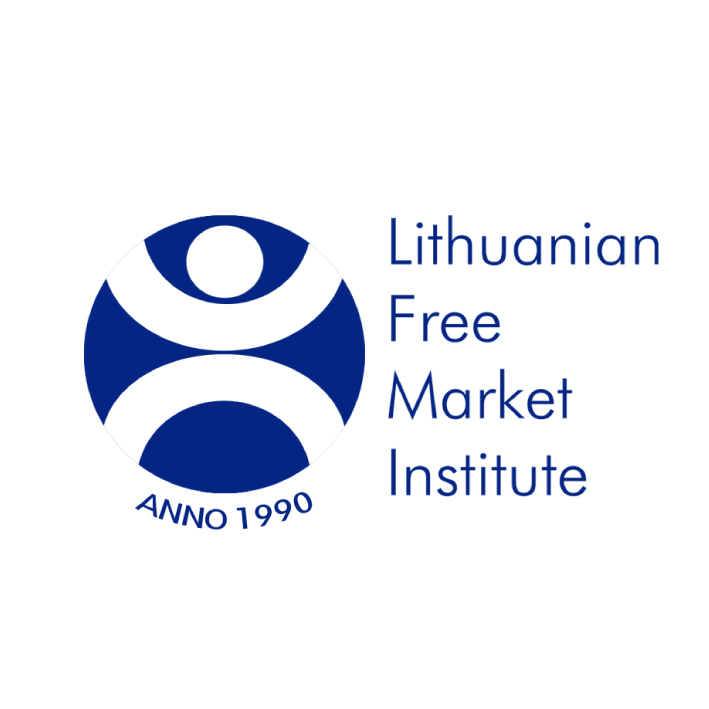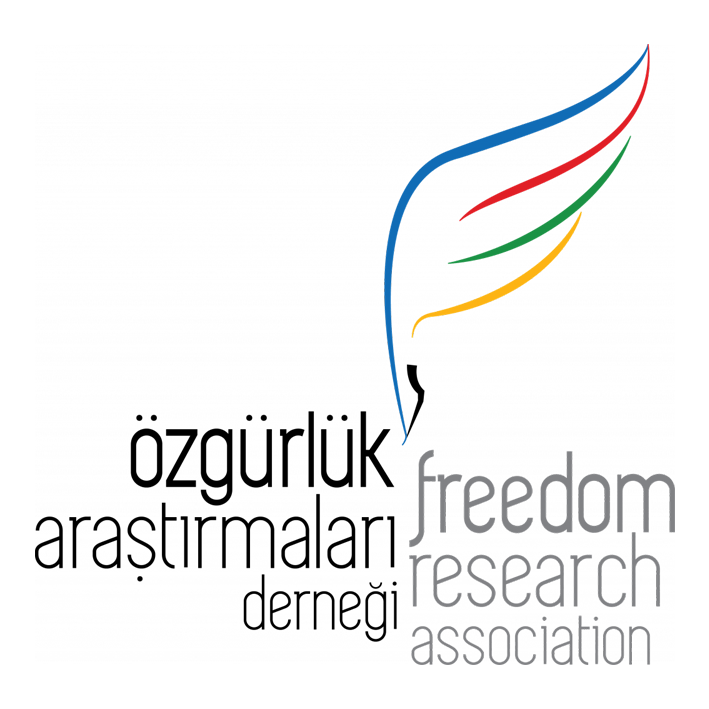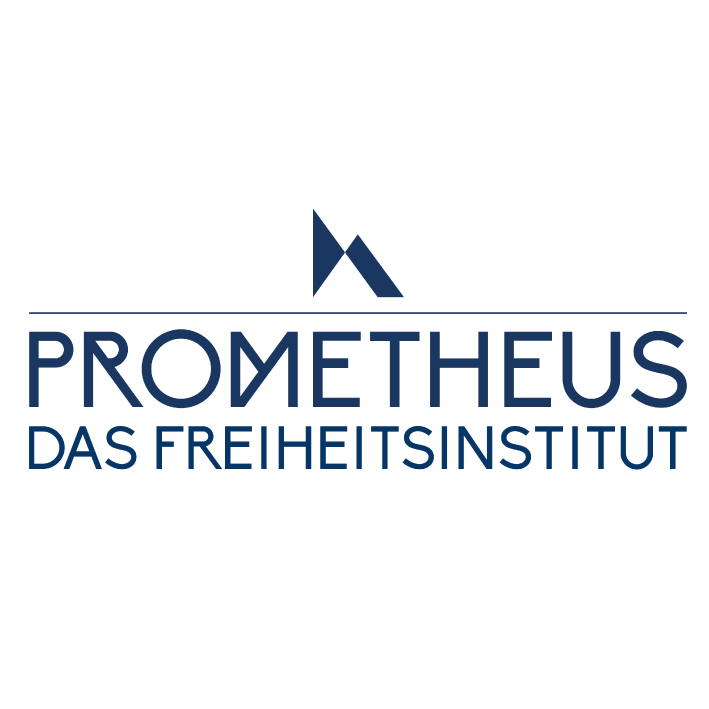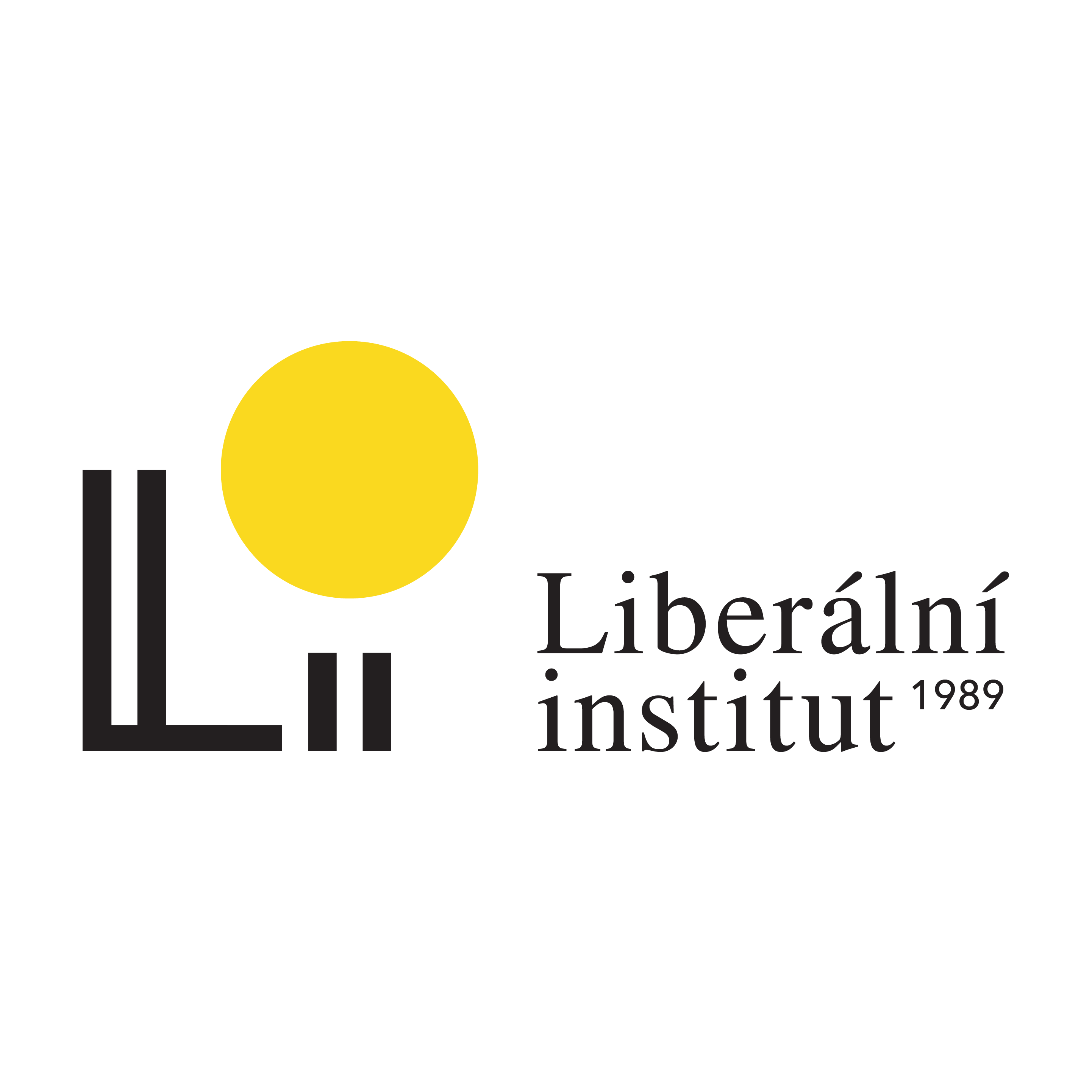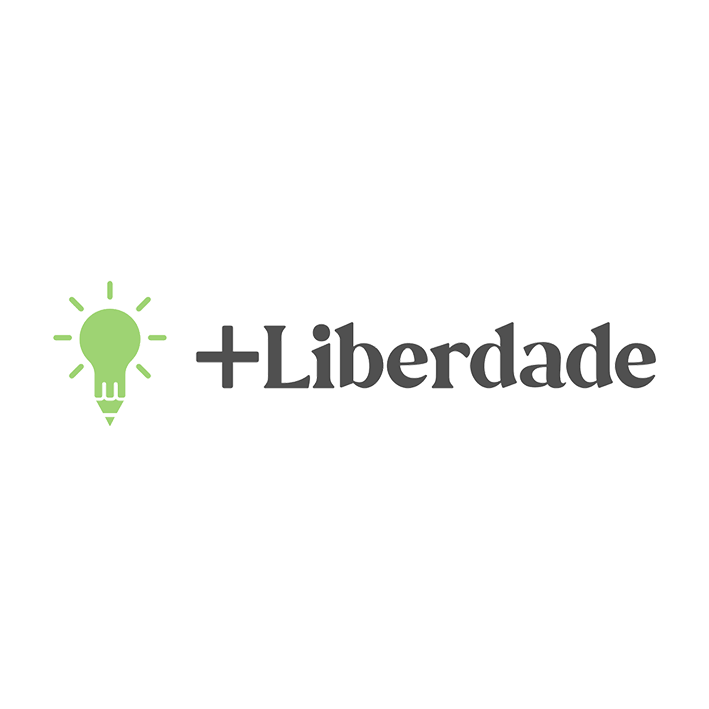Estonia continues to perform poorly across every category of the Nanny State Index, and there is no sign of things improving. The government suspended its tax on e-cigarette fluid in 2021 as a result of cross-border activity and illicit sales, but it reinstated it (at €0.20 per ml) at the start of 2023.
This was not the first time that the government’s thirst for sin tax revenue had backfired. Between 2016 and 2018, spirits duty rose by 30 per cent, wine duty rose by 50 per cent, and beer duty doubled. This led to a textbook illustration of the Laffer Curve, as Estonians travelled to neighbouring Latvia for their alcohol shopping, and Finns – who have long made the trip to Estonia for theirs – went elsewhere.
The government expected alcohol revenues to rise from €251 million in 2016 to €276 million in 2017. In fact, the tax rise caused revenues to fall to €229 million in 2017, and by 2018, they were 30 per cent lower than expected. It was a sobering experience for the Estonian government, which abandoned its plans to introduce further tax hikes on alcohol in 2019 and 2020. Adjusting for income, Estonia’s alcohol taxes are now the 11th highest in the Nanny State Index, below Lithuania and Latvia.
Estonia’s Tobacco Act views e-cigarettes as “products used similarly to tobacco products” and includes them in the smoking ban. E-cigarette flavours were banned in June 2019, with the exception of tobacco flavour. The minister of health and labour, Peep Peterson, is now considering a ban on disposable e-cigarettes and is working with Estonia’s Baltic neighbours to regulate all nicotine products in the same way as cigarettes.
Estonia’s Advertising Act, introduced in January 2018, bans all outdoor advertising for alcohol, and the watershed for TV and radio advertising was pushed back to 10 PM. What little alcohol advertising remains can only provide minimal, factual information about the product. Happy hours and alcohol tastings in shops are banned. Shops must display alcoholic drinks away from the rest of the groceries; alcoholic drinks cannot be visible from the street.
A tax on soft drinks was introduced in January 2018. Although the Estonian president, Kersti Kaljulaid, claimed that the aim of the tax was “to guide the people of Estonia, and first and foremost children and youth, to consume less sugar”, it applies to artificially sweetened drinks that contain no calories as well as sugary drinks. It is a tiered system with artificially sweetened drinks and drinks containing up to 8 g of sugar per 100 ml taxed at €0.10 per litre and drinks with more than 8 g of sugar taxed at €0.20 per litre. For reasons that are not entirely clear, if a drink contains more than 10 g of sugar per 100 ml and also contains artificial sweeteners, the tax rate is €0.30.
Estonia’s smoking restrictions are less severe than in most EU countries, but a ban on smoking in cars with children was introduced in 2016 (with maximum fines of €300) and a ban on smoking in prisons came into effect in October 2017. Estonia has the highest tobacco taxes in Eastern Europe, although they seem less punitive once adjusted for income. There is a full ban on tobacco advertising, and cigarettes cannot be sold from vending machines. A tobacco display ban came into effect in July 2019.
With thanks to Center for Free Economic Thought
About
The Nanny State Index (NSI) is a league table of the worst places in Europe to eat, drink, smoke and vape. The initiative was launched in March 2016 and was a media hit right across Europe. It is masterminded and led by IEA’s Christopher Snowdon with partners from all over Europe.
Enquiries: info@epicenternetwork.eu
Download Publication
Previous versions: 2021, 2019, 2017
Categories
About the Editor
Christopher Snowdon is the head of Lifestyle Economics at the Institute of Economic Affairs. His research focuses on lifestyle freedoms, prohibition and policy-based evidence. He is a regular contributor to the Spectator, Telegraph and Spiked and often appears on TV and radio discussing social and economic issues.
Snowdon’s work encompasses a diverse range of topics including ‘sin taxes’, state funding of charities, happiness economics, ‘public health’ regulation, gambling and the black market. Recent publications include ‘Drinking, Fast and Slow’, ‘The Proof of the Pudding: Denmark’s Fat Tax Fiasco’, ‘A Safer Bet’, and ‘You Had One Job’. He is also the author of ‘Killjoys’ (2017), ‘Selfishness, Greed and Capitalism’ (2015), ‘The Art of Suppression’ (2011), ‘The Spirit Level Delusion’ (2010), ‘Velvet Glove, Iron Fist’ (2009).
Estonia 2023
Estonia continues to perform poorly across every category of the Nanny State Index, and there is no sign of things improving. The government suspended its tax on e-cigarette fluid in 2021 as a result of cross-border activity and illicit sales, but it reinstated it (at €0.20 per ml) at the start of 2023.
This was not the first time that the government’s thirst for sin tax revenue had backfired. Between 2016 and 2018, spirits duty rose by 30 per cent, wine duty rose by 50 per cent, and beer duty doubled. This led to a textbook illustration of the Laffer Curve, as Estonians travelled to neighbouring Latvia for their alcohol shopping, and Finns – who have long made the trip to Estonia for theirs – went elsewhere.
The government expected alcohol revenues to rise from €251 million in 2016 to €276 million in 2017. In fact, the tax rise caused revenues to fall to €229 million in 2017, and by 2018, they were 30 per cent lower than expected. It was a sobering experience for the Estonian government, which abandoned its plans to introduce further tax hikes on alcohol in 2019 and 2020. Adjusting for income, Estonia’s alcohol taxes are now the 11th highest in the Nanny State Index, below Lithuania and Latvia.
Estonia’s Tobacco Act views e-cigarettes as “products used similarly to tobacco products” and includes them in the smoking ban. E-cigarette flavours were banned in June 2019, with the exception of tobacco flavour. The minister of health and labour, Peep Peterson, is now considering a ban on disposable e-cigarettes and is working with Estonia’s Baltic neighbours to regulate all nicotine products in the same way as cigarettes.
Estonia’s Advertising Act, introduced in January 2018, bans all outdoor advertising for alcohol, and the watershed for TV and radio advertising was pushed back to 10 PM. What little alcohol advertising remains can only provide minimal, factual information about the product. Happy hours and alcohol tastings in shops are banned. Shops must display alcoholic drinks away from the rest of the groceries; alcoholic drinks cannot be visible from the street.
A tax on soft drinks was introduced in January 2018. Although the Estonian president, Kersti Kaljulaid, claimed that the aim of the tax was “to guide the people of Estonia, and first and foremost children and youth, to consume less sugar”, it applies to artificially sweetened drinks that contain no calories as well as sugary drinks. It is a tiered system with artificially sweetened drinks and drinks containing up to 8 g of sugar per 100 ml taxed at €0.10 per litre and drinks with more than 8 g of sugar taxed at €0.20 per litre. For reasons that are not entirely clear, if a drink contains more than 10 g of sugar per 100 ml and also contains artificial sweeteners, the tax rate is €0.30.
Estonia’s smoking restrictions are less severe than in most EU countries, but a ban on smoking in cars with children was introduced in 2016 (with maximum fines of €300) and a ban on smoking in prisons came into effect in October 2017. Estonia has the highest tobacco taxes in Eastern Europe, although they seem less punitive once adjusted for income. There is a full ban on tobacco advertising, and cigarettes cannot be sold from vending machines. A tobacco display ban came into effect in July 2019.
With thanks to Center for Free Economic Thought
 Austria
Austria Belgium
Belgium Bulgaria
Bulgaria Croatia
Croatia Cyprus
Cyprus Czech Republic
Czech Republic Denmark
Denmark Estonia
Estonia Finland
Finland France
France Germany
Germany Greece
Greece Hungary
Hungary Ireland
Ireland Italy
Italy Latvia
Latvia Lithuania
Lithuania Luxembourg
Luxembourg Malta
Malta Netherlands
Netherlands Norway
Norway Poland
Poland Portugal
Portugal Romania
Romania Slovakia
Slovakia Slovenia
Slovenia Spain
Spain Sweden
Sweden Turkey
Turkey United Kingdom
United Kingdom